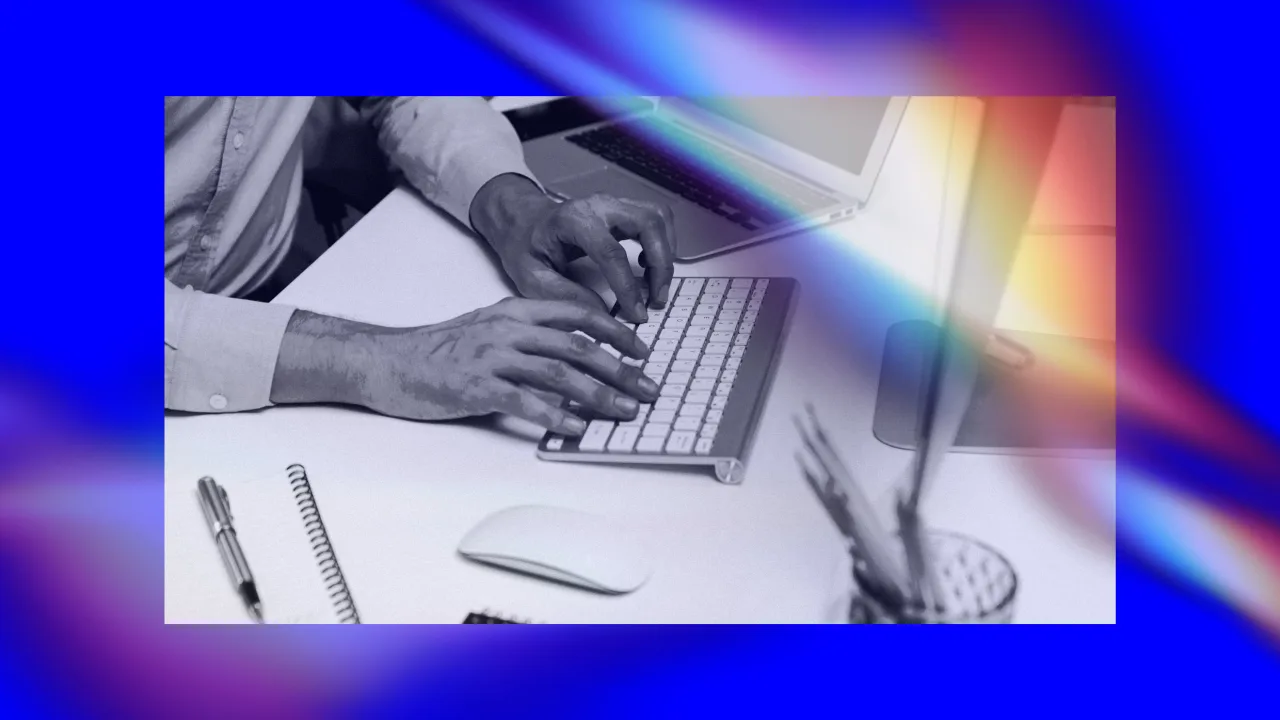Revolutionizing Cultural Heritage with Embroidery Digitizing
Discover how embroidery digitizing is preserving traditional textile arts in the digital era. Explore innovative methods, tools, and global case studies.
In a world rapidly leaning toward automation and digital expression, the preservation of cultural heritage often lags behind the pace of technological evolution. But what if tradition and innovation could coexist? Enter embroidery digitizing — a transformative force not only in the textile industry but also in the cultural preservation of historic embroidery patterns passed down through generations.
This article explores the intersection of tradition and technology, examining how embroidery digitizing is being used to protect and evolve centuries-old textile artistry for the digital era.
What is Embroidery Digitizing?
Embroidery digitizing is the process of converting artwork — whether hand-drawn, painted, or designed on a computer — into a digital embroidery file that can be read by an embroidery machine. This technique allows textile art to be reproduced with precision, speed, and consistency, making it an ideal solution for:
-
Custom logo embroidery
-
Replicating traditional patterns
-
Designing complex multi-color pieces
It’s not just about efficiency — it’s about giving traditional art a new lease on life.
Why Cultural Heritage Needs Digitizing
Traditional embroidery is at risk. Globalization, fast fashion, and declining interest among younger generations are eroding the transmission of textile art knowledge.
Digitizing offers solutions in multiple areas:
| Challenge | Digitizing Solution |
|---|---|
| Fading manual techniques | Preserving stitch patterns in digital files |
| Limited reach | Sharing traditional motifs globally via digital files |
| Lack of apprentices | Creating digital libraries for educational use |
By digitally preserving these intricate works, artisans and researchers can ensure their longevity and exposure.
Case Studies: Traditional Meets Digital
1. Phulkari from Punjab, India
Phulkari — meaning "flower work" — is a type of embroidery that originated in Punjab. Artisans now scan traditional Phulkari designs and digitize them for modern clothing and home decor products sold internationally.
2. Otomi Embroidery of Mexico
Brightly colored animal and plant designs unique to the Otomi tribe are being digitized to promote sustainable tourism and preserve indigenous art.
3. Scandinavian Cross-Stitching
Organizations in Sweden and Norway are using digitized patterns to introduce historic motifs into modern fashion lines.
Embroidery Digitizing Tools & Technology
Modern embroidery digitizing is powered by sophisticated software like:
-
Wilcom
-
Hatch Embroidery Software
-
Brother PE Design
-
Embird
These tools allow users to:
-
Create multi-layered stitch types
-
Simulate threads and fabrics
-
Export in multiple machine-compatible file formats (DST, PES, JEF)
AI-Powered Pattern Recognition: Advanced software can now scan an old fabric sample and reconstruct it into a fully-digitized embroidery file. This not only saves time but also ensures high fidelity to the original work.
Benefits of Digitizing for Artisans and Businesses
| Stakeholder | Benefits |
| Artisans | Wider audience, pattern preservation |
| Designers | Access to heritage inspiration |
| Businesses | Customization, cultural storytelling |
| Museums | Digital archiving, online exhibitions |
Tips to Start Preserving Cultural Art with Embroidery Digitizing
-
Start with High-Quality Scans: Use HD photography or flatbed scans to capture embroidery patterns.
-
Document the Story: Include historical notes and regional information for context.
-
Use Layered Digitizing: Capture both visual design and stitch sequence.
-
Create Open Access Libraries: Share patterns through Creative Commons for educational use.
-
Collaborate with Elders: Involve experienced artisans to verify authenticity.
The Future: AI + Embroidery Digitizing = Smart Heritage
Artificial Intelligence is stepping in to:
-
Reconstruct damaged or partial embroidery pieces
-
Auto-suggest regional styles based on incomplete patterns
-
Translate oral histories into visual embroidery motifs
This synergy is forming a new art-tech frontier where cultural heritage is not only preserved but evolves.
Conclusion
Embroidery digitizing is no longer just a tool for commercial production — it is becoming a cultural safeguard. By digitizing traditional patterns, artists and historians can pass on the stories, skills, and soul of textile artistry to future generations.
So whether you're an artisan, designer, or cultural archivist, now is the time to embrace embroidery digitizing not just as a business opportunity, but as a movement to honor and preserve humanity’s rich textile history.
















































































































































